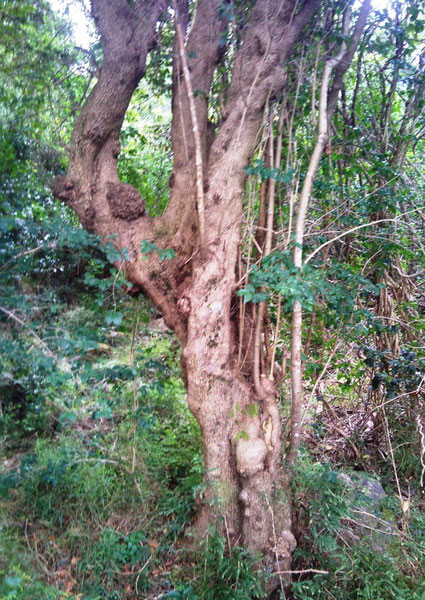Canthium inerme
 Image: Abu Shawka
Image: Abu Shawka
Description
Sunny spot preferred; Forest, Mtn Fynbos. Size: MediumThe ecological and cultural aspects of this tree, its lovely aesthetic qualities and its relatively widespread distribution in southern Africa, make this species perhaps the best known Canthium in the region.
The common turkey-berry clearly is a species with much ecological value and interest. A large proportion of the trees are known to bear fruit annually, although some not so regularly. Pollination is effected by bees in search of pollen and nectar, and self-pollination is also seen to take place.
Canthium inerme, like so many tree species in southern Africa, is utilized for medicinal purposes, the leaves being used in the treatment of stomach ailments.
Propagation instructions - seeds
Canthium inerme is relatively easy in terms of propagation and is best grown from seed. Seeds should be collected when ripe and cleaning of these is recommended prior to sowing. Sowing can be done in trays or seed beds in a rich, well-drained medium, with equal parts of sand and compost.Place in a warm, brightly-lit area and keep moist but not wet.
Sources and references
Scientific name
Canthium inerme
Common name(s)
Cape Date
Features
- Easy to grow
- Edible
- It provides medicinal value
- This is a bird-friendly species
- This will attract honey bees
